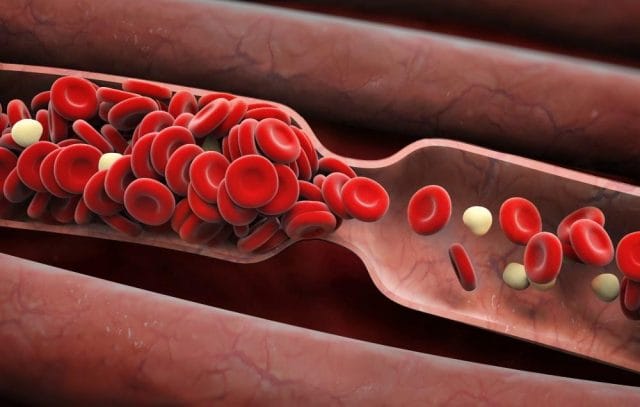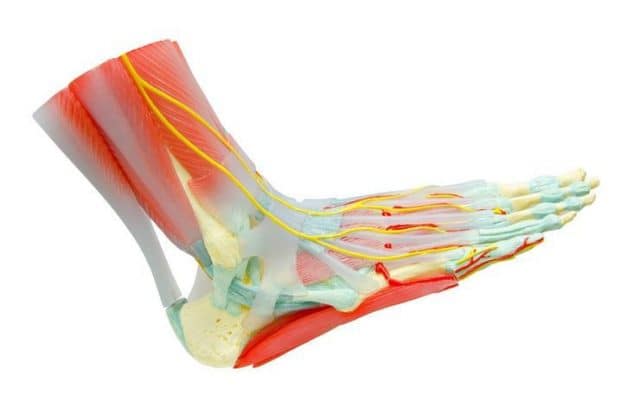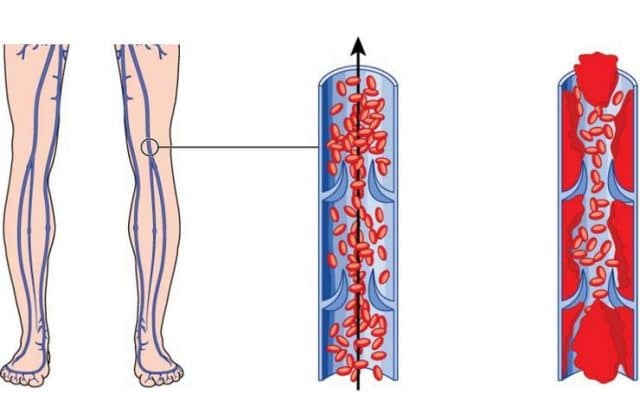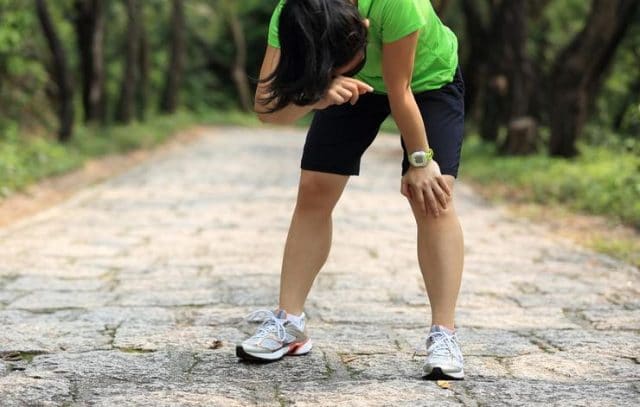6 Signs You Might Have a Blood Clot
Most of the time, blood clots are a good thing. When you get injured, you need your blood to solidify and clump together at the site to help stop bleeding. But sometimes clots crop up when they’re not needed, and that can spell trouble—especially if they form in the deep veins near your muscles. – By Rachel Reiff

“When blood clots form in this deeper system, they can be painful and very dangerous,” says Luis Navarro, MD, founder of The Vein Treatment Center in New York City. This kind of clot is called a deep vein thrombosis, or DVT. DVTs are like roadblocks on your blood highway—they cause traffic jams in your circulation and prevent the blood flow that keeps your system up and running.
Things can get even more serious if a DVT breaks away from its original spot and travels to your lungs. Then it becomes a pulmonary embolism (PE), a clot that prevents these vital organs from getting the oxygen and blood they need. That can damage your lungs and other organs and may even be fatal.
RELATED: The Hidden Risk of Being a Healthy Cyclist
Some people are more prone to a DVT than others, so it’s worth staying on top of any risk factors. It’s also smart to know the warning signs so you can act quickly. “It’s important to recognise symptoms because they can often be minimal or overlooked,” and getting prompt treatment is key, says Navarro. Here’s what to watch for:







